In the pursuit of a balanced and healthy lifestyle, creating a personalized home gym that aligns with your unique needs and budget can be truly transformative. We all want to work on our fitness regime, but often, due to our busy schedules, we don’t get the time to go to the gym, which hampers our health.
It always makes us give reasons to skip the gym session just by thinking of getting ready, giving time for traveling, and waiting for our chance to use the treadmill in the gym. Having a personal gym is always the best option for every individual, be it men or women.
It’s a great initiative that you thought of designing a space for the gym at your home. By doing so, you can be regular at your workout sessions and make time for them despite your busy schedule. But the gym pieces of equipment do not look aesthetic, and keeping them in a room or a corner space in your home makes your home look really untidy.
So, it is very important to arrange and plan a space for a gym in a way that will not disturb the beauty of your home. Let’s delve deeper into the process, ensuring that every step is well-thought-out and accessible to you, especially when you have demanding schedules.
Step 1: Choosing the perfect space
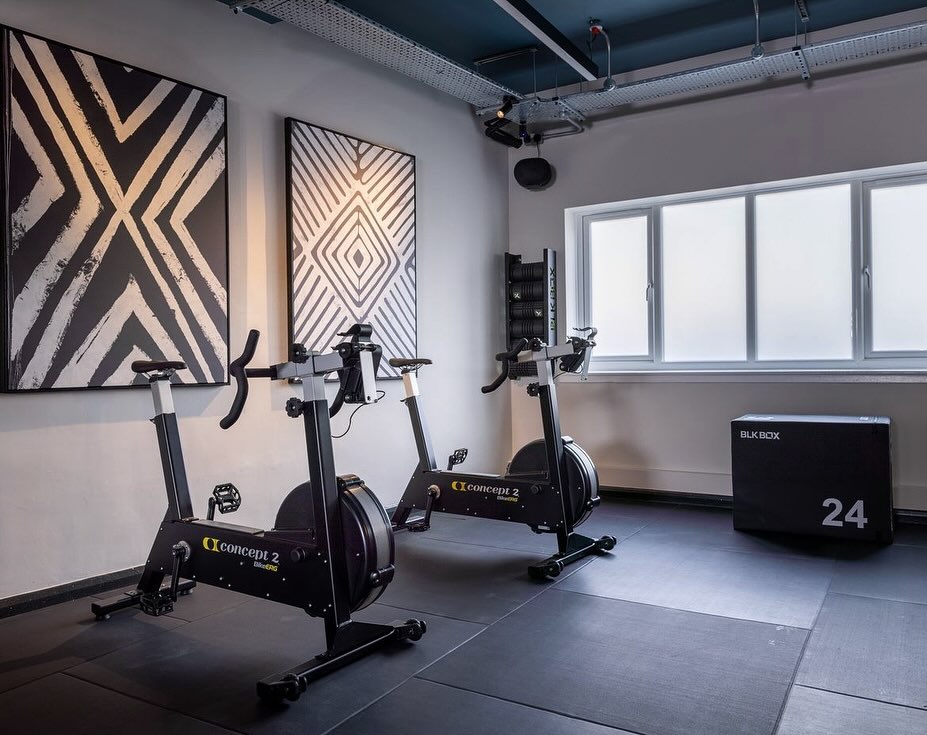
You are planning for a home gym, which means that you have already kept in mind which part of your home will be the gym. But I can help you with some of the conditions that you must keep in mind when you are choosing the space for the gym.
1. Natural light and ventilation:
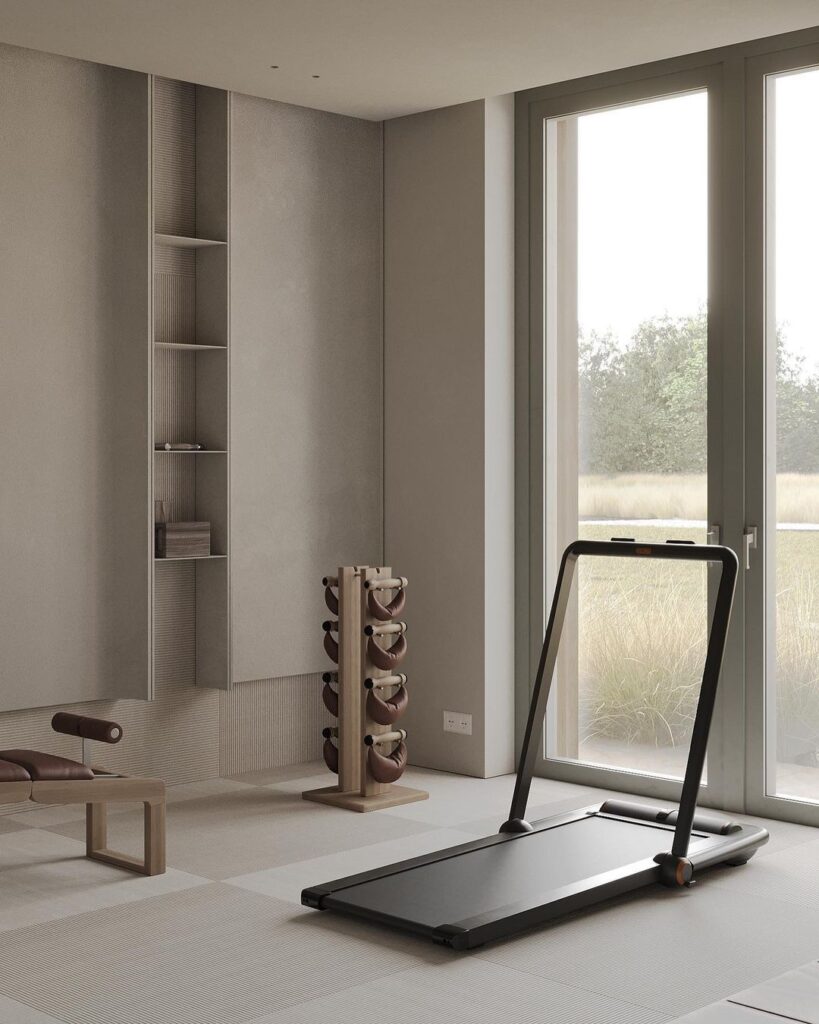
It is very important to have an accurate amount of natural light and ventilation. Many a time, we feel suffocated when we do a bit more of a workout. You can also opt for an air-conditioned room, but natural light will make you feel fresh and energetic.
2. Flooring:
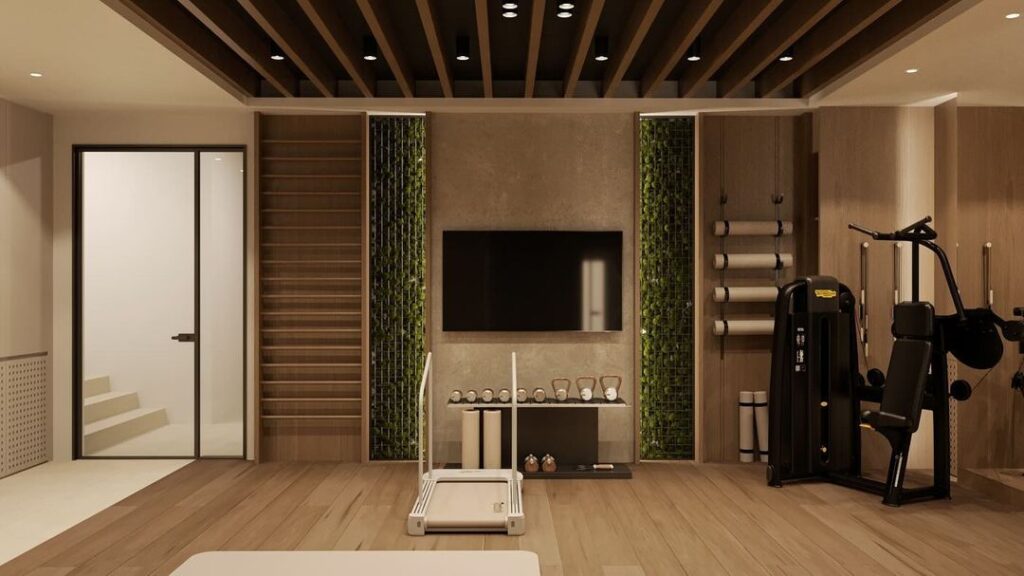
Select a surface that offers stability and lowers the chance of sliding or getting hurt. To reduce impact during vigorous activity, if at all feasible, pick the flooring that absorbs stress.
3. Ceiling Height:
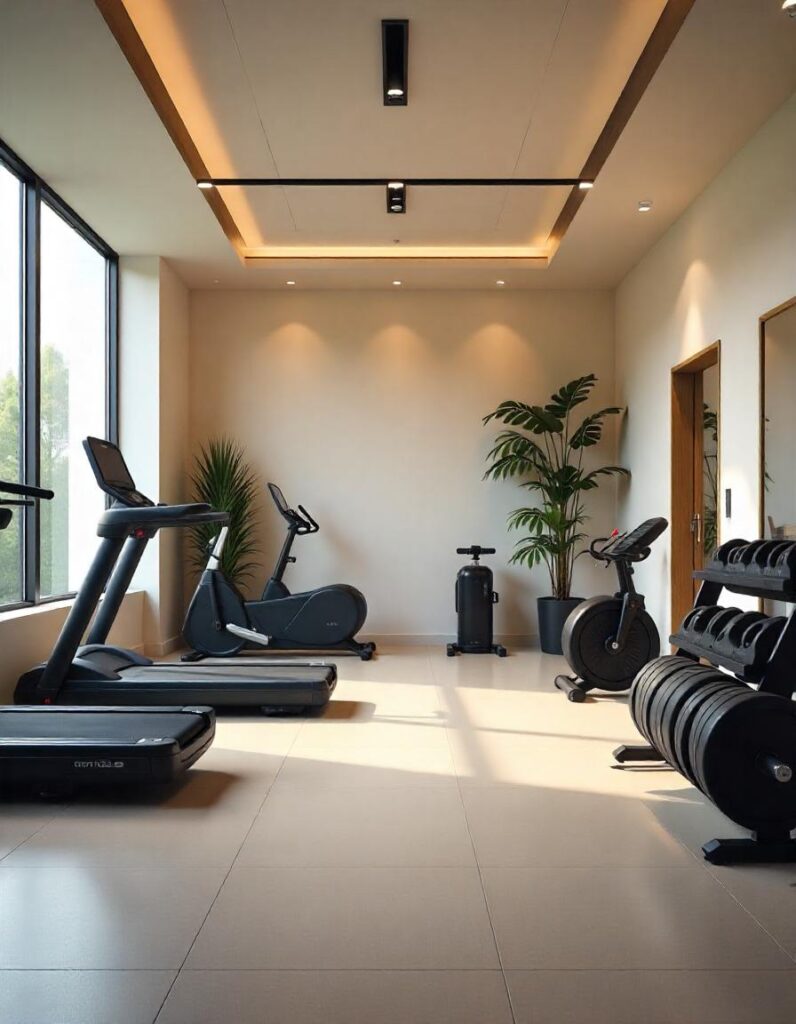
Think about the height of the ceiling, particularly if you intend to include activities like overhead presses or jump ropes that require overhead motions. Make sure there is enough room.
4. Electrical Outlets:
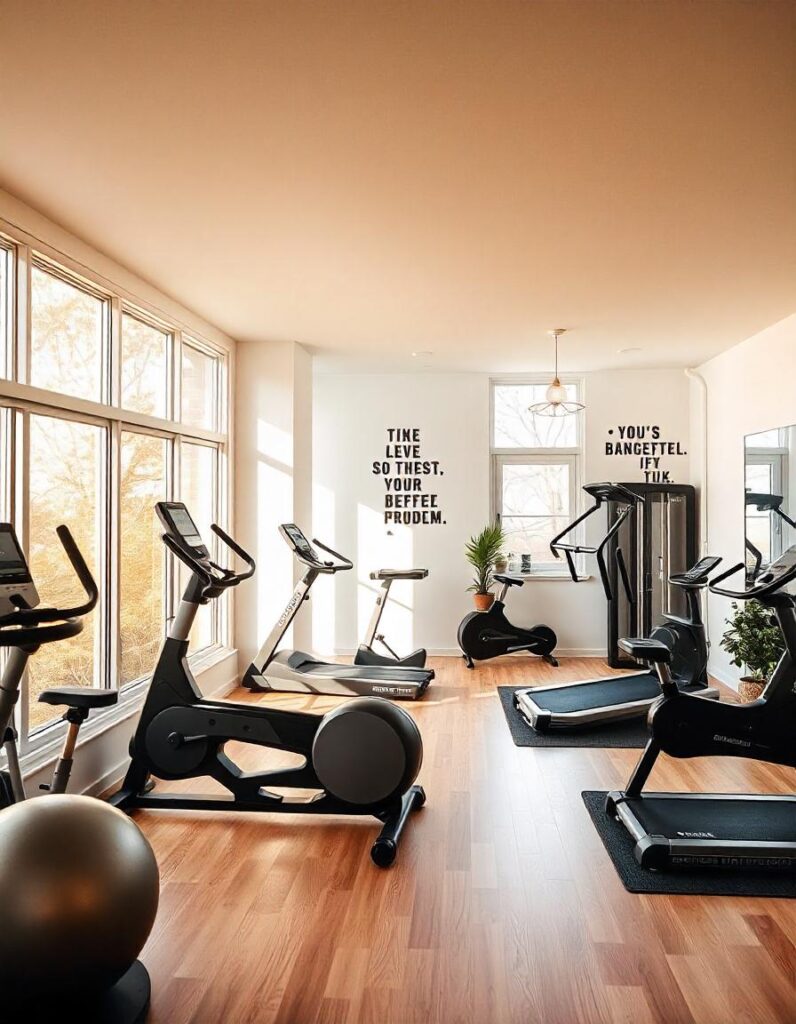
For any equipment that needs electricity, such as speakers, ellipticals, or treadmills, make sure there are adequate electrical outlets available. In addition, think about where the outlets are with respect to the training space you’ve picked.
5. Privacy:
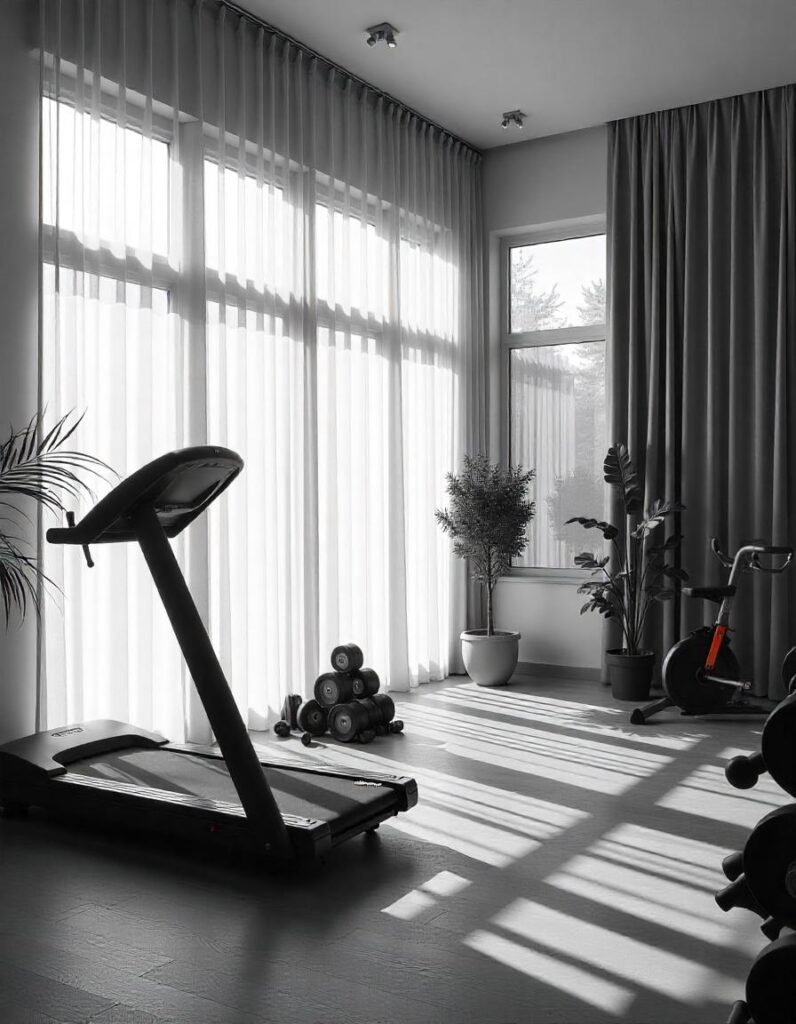
Select a location where you may exercise without feeling uncomfortable or continuously watched. To create a more private environment, if at all feasible, pick a room where there is less foot traffic.
6. Storage and Organization:
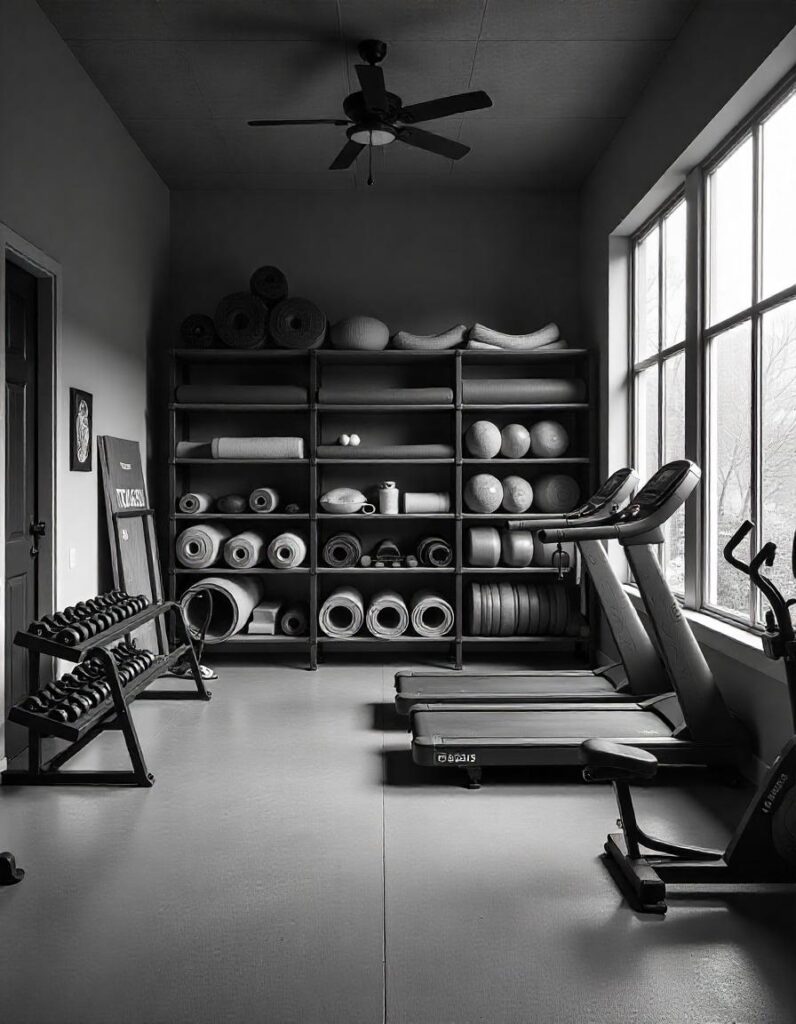
For the sake of keeping your training space organized and secure, make sure your equipment is kept in enough storage or at least has space to create enough storage. For weights, resistance bands, and other equipment, think about storage options.
Step 2: Crafting a Functional Gym Space
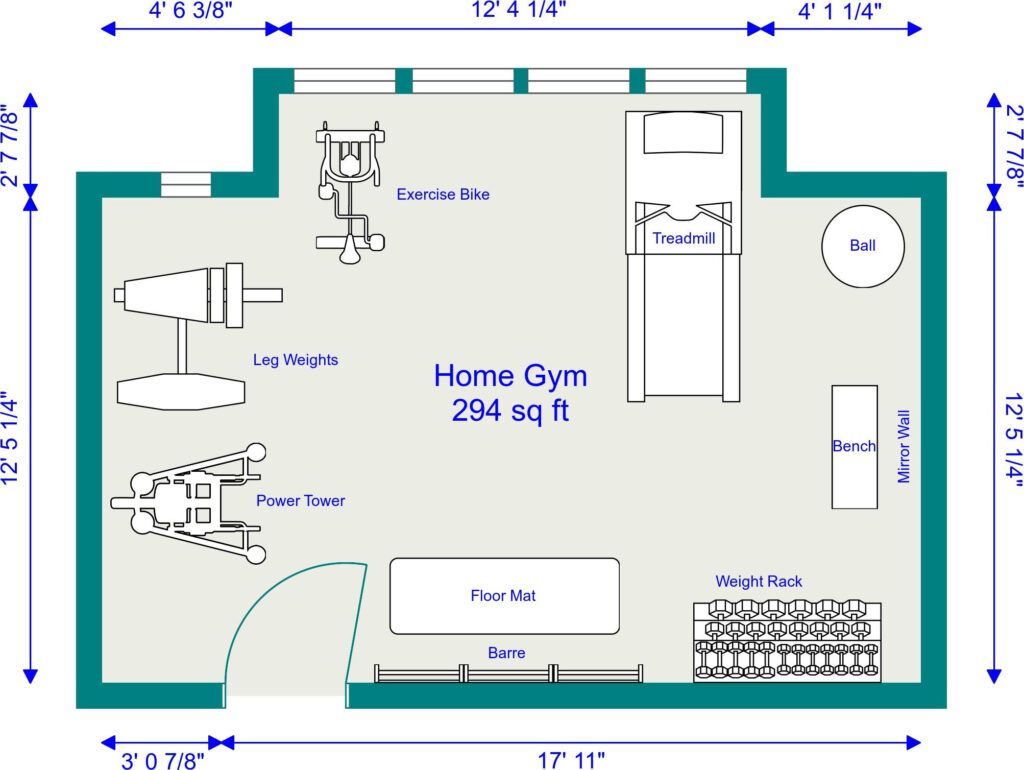
Now when you have decided on the perfect space for your gym, begin by carefully assessing your available space. Imagine how this space may be converted into a fitness oasis, whether it be a spare bedroom, a well-lit garage, or a corner of your living room. The best way to plan space is to work like an architect. Take a pencil and notebook and draw the plan of the room and see how it can be best planned.
Here are some points you must consider while planning:
1. Equipment Placement:
To create a central, open space for workouts, place bigger pieces of equipment like treadmills, ellipticals, or weight benches against the walls. With less clutter and more floor space.
2. Storage Solutions:
Install cabinets, racks, or shelves for tidy storage of accessories and smaller goods like dumbbells, resistance bands, yoga mats, and other equipment. Make sure you can easily access them by keeping them close at hand.
3. Zoning:
Based on the forms of training (cardio, strength, flexibility), divide the area into several zones. The proper apparatus and exercise-specific floor space should be available in each zone. This will be easy for you to plan as well and deal with one zone at a time at the time of buying things for the gym.
4. Clear Pathways:
To guarantee safe and unhindered mobility, keep open paths between the various pieces of equipment. This avoids mishaps and makes switching between exercises simple.
5. Functional Flow:
On the basis of your training program, arrange the equipment rationally. For instance, group cardio machines with weightlifting stations, then add a space for stretches and flexibility exercises after the stations for strength training.
6. Accessibility:
Ascertain that every piece of equipment is simple to operate and accessible. Take into account elements like the simplicity of modifying settings and the closeness to electrical outlets.
7. Multi-Purpose Spaces:
Plan the arrangement of the gym area to support other uses, such as a yoga studio or an office, without sacrificing utility or safety.
Step 3: Budget-Friendly Equipment Selection
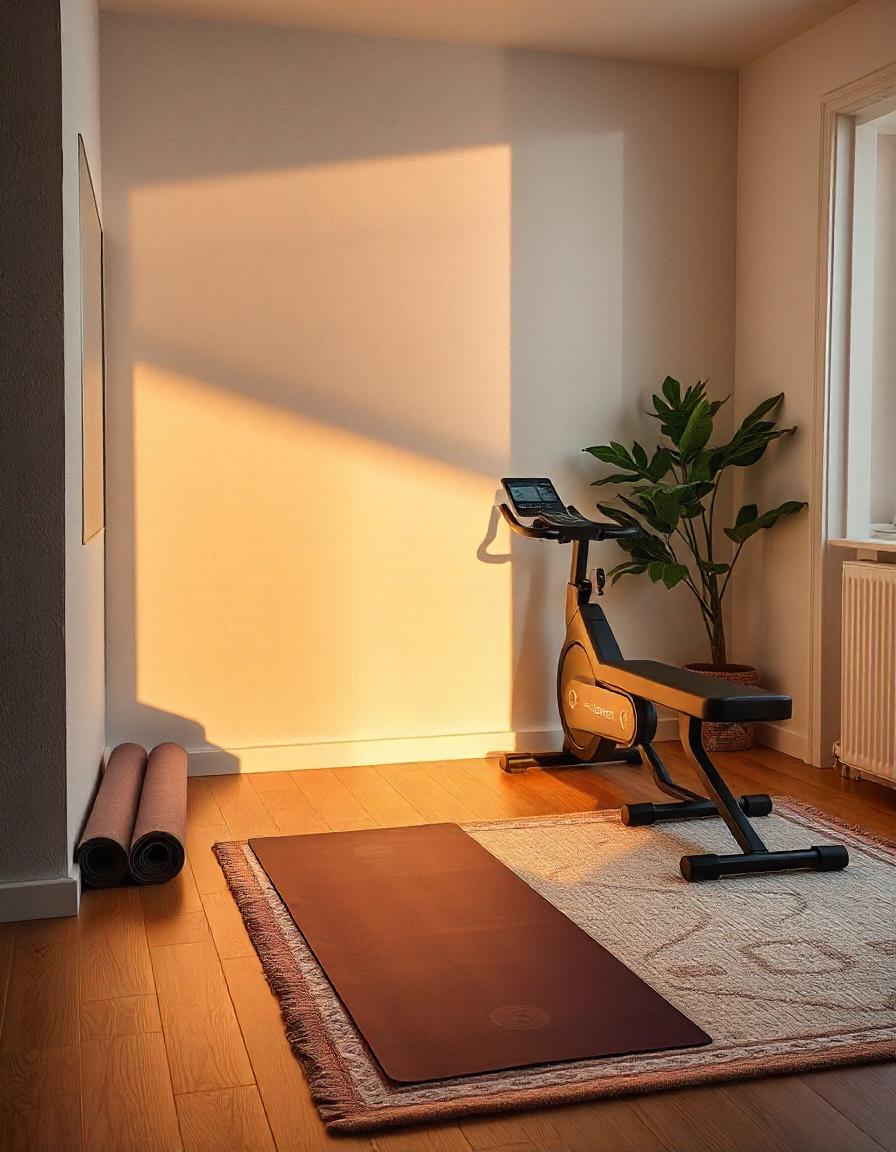
Let’s discuss your preferred fitness regimen before moving on to the cost. Set priorities for essential equipment that supports your exercise objectives. Look for multi-purpose goods that provide a variety of activities without taking up too much room or money. Stability balls, resistance bands, and adjustable dumbbells are all great options.
Watch for sales, and think about seeing if there are any possible second-hand possibilities. It’s not always necessary to pay a lot for quality. Put your efforts into assembling a flexible set of tools that accomplish your goals.
Here is the most essential workout equipment that will make your life easy:
1. Adjustable Dumbbells:

Price Range: $50 – $500
You may alter the weight of adjustable dumbbells, making them suitable for a variety of exercises.
2. Resistance Bands:
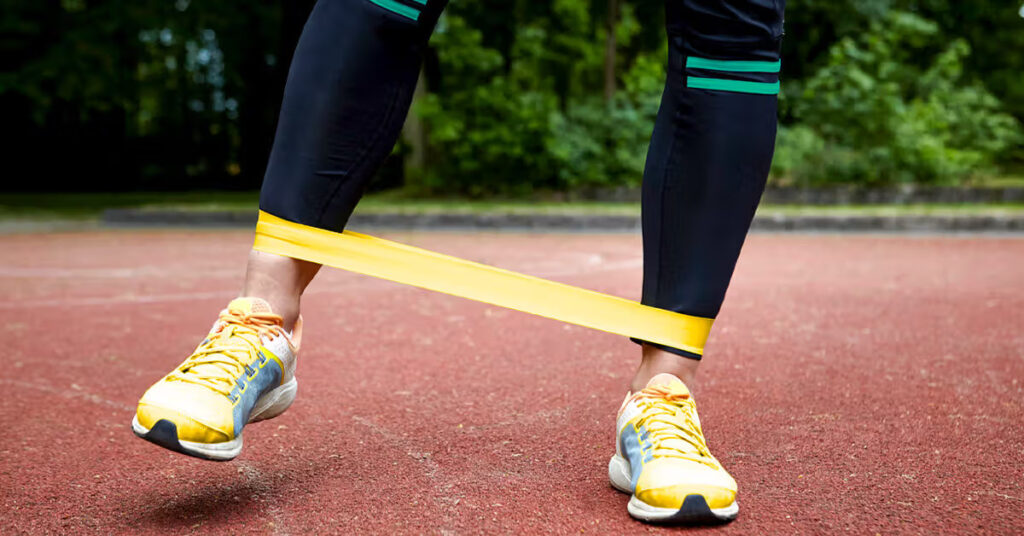
Price Range: $10 – $50
They save space while offering resistance for activities in strength training.
3. Stability Ball:
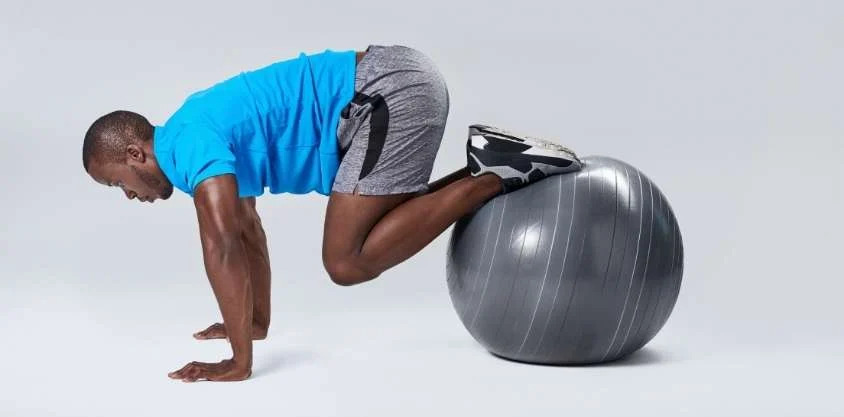
Price Range: $10 – $30
A stability ball does wonders for strengthening the core, developing balance, and even as a bench substitute.
4. Yoga Mat:

Price Range: $10 – $50
For yoga, stretching, and floor exercises, a cozy, non-slip mat is a necessity.
5. Jump rope:
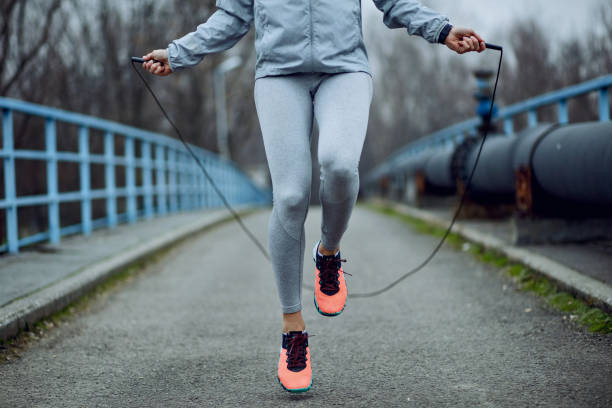
Price Range: $5–$20
The inclusion of a jump rope in your regimen may be enjoyable and is excellent for aerobic exercises.
6. Pull-Up Bar (if space allows):

Price Range: $20 – $100
Perfect for pulling up and hanging leg lifts, as well as other upper body strength exercises.
7. Kettlebells:

Price Range: $20 – $100 each
Kettlebells are useful for many different workouts and provide a variety of alternatives for strength training.
8. Bench:

Price Range: $50 – $200
For workouts like bench presses, step-ups, and others, a sturdy, adjustable bench is essential.
9. Treadmill(optional):

Price Range: $150 – $3000
This is a very helpful tool but if you have the budget for it then only go for buying it otherwise the above equipment will be enough for your daily workout according to me and they are budget friendly too.
Step 4: Infuse Personalization and Aesthetics
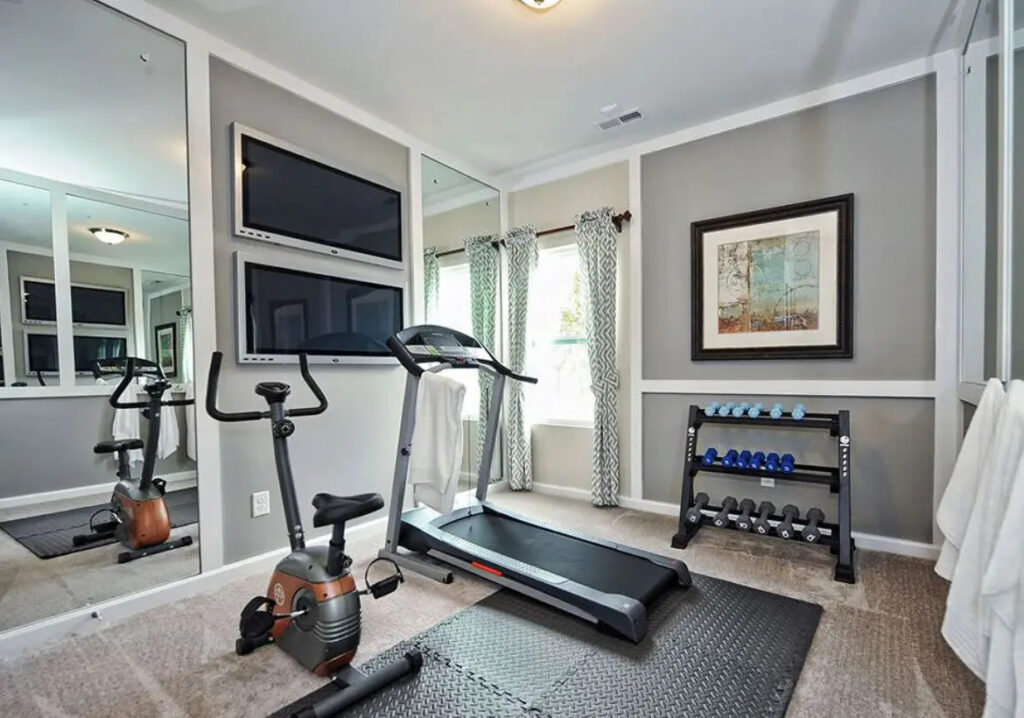
Your workout environment should be an extension of who you are and serve as motivation. Choose hues that inspire you and resonate with you. A vision board defining your fitness path may also be added, along with encouraging posters. This graphic illustration has the potential to inspire people greatly.
Here are some areas where you can play:
1. Accents for the wall:
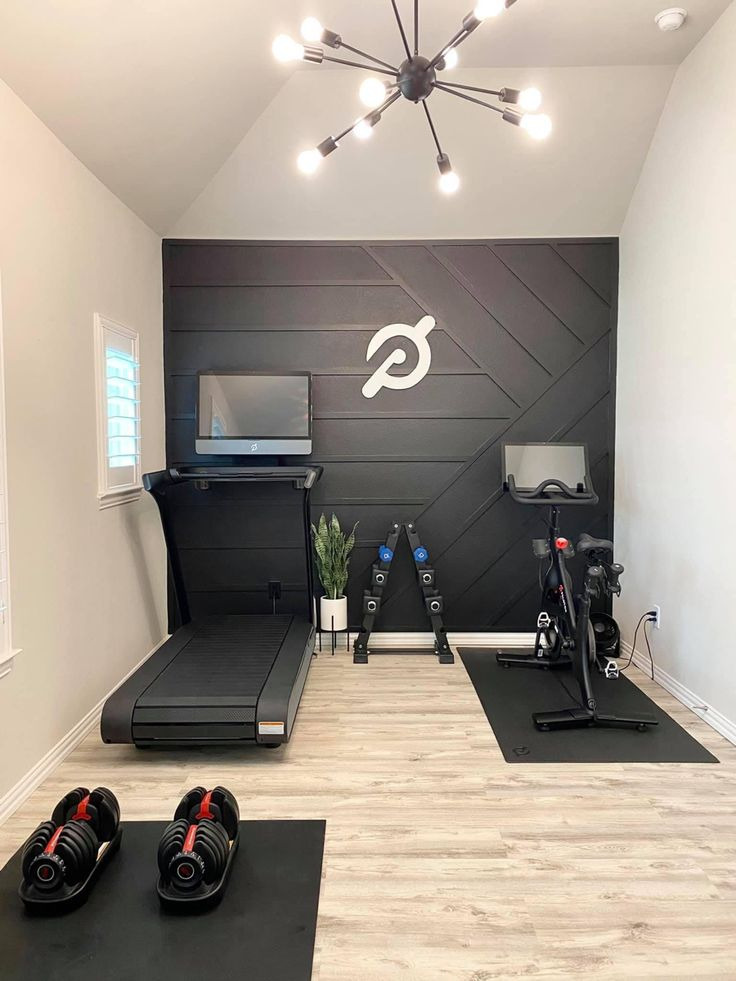
Put inspirational signs, framed pieces of art, or even a vision board with your fitness objectives on it. Choose pictures and words that motivate and inspire you.
2. Scheme of Colors:
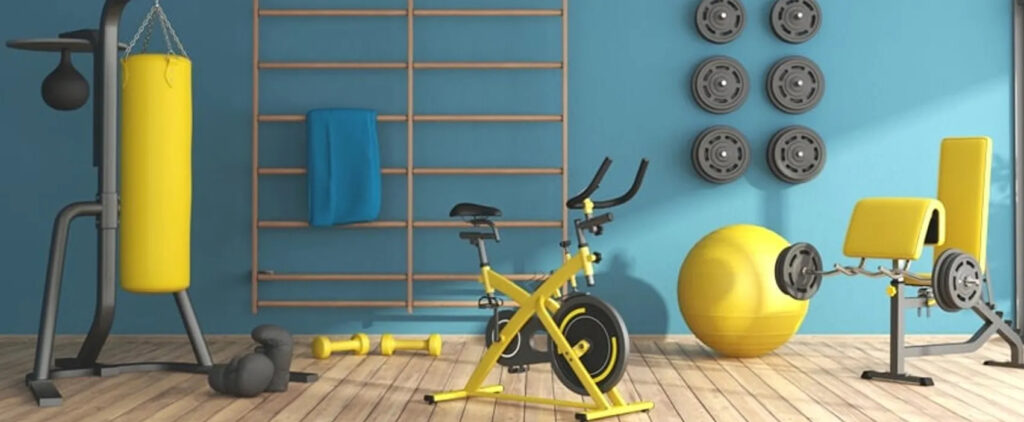
A color scheme that speaks to you should be chosen. The color scheme may influence how you feel throughout your exercises, whether it’s lively and stimulating or serene and calming.
3. Mirrors:
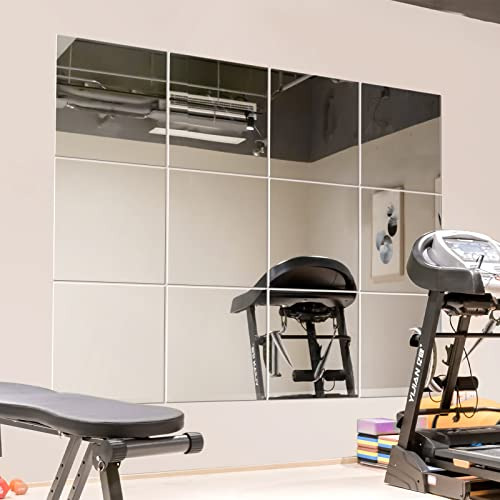
Add mirrors to evaluate and improve your form as well as to give the gym a sense of openness and light. To improve the appearance, you may also use ornate frames.
4. Flooring:
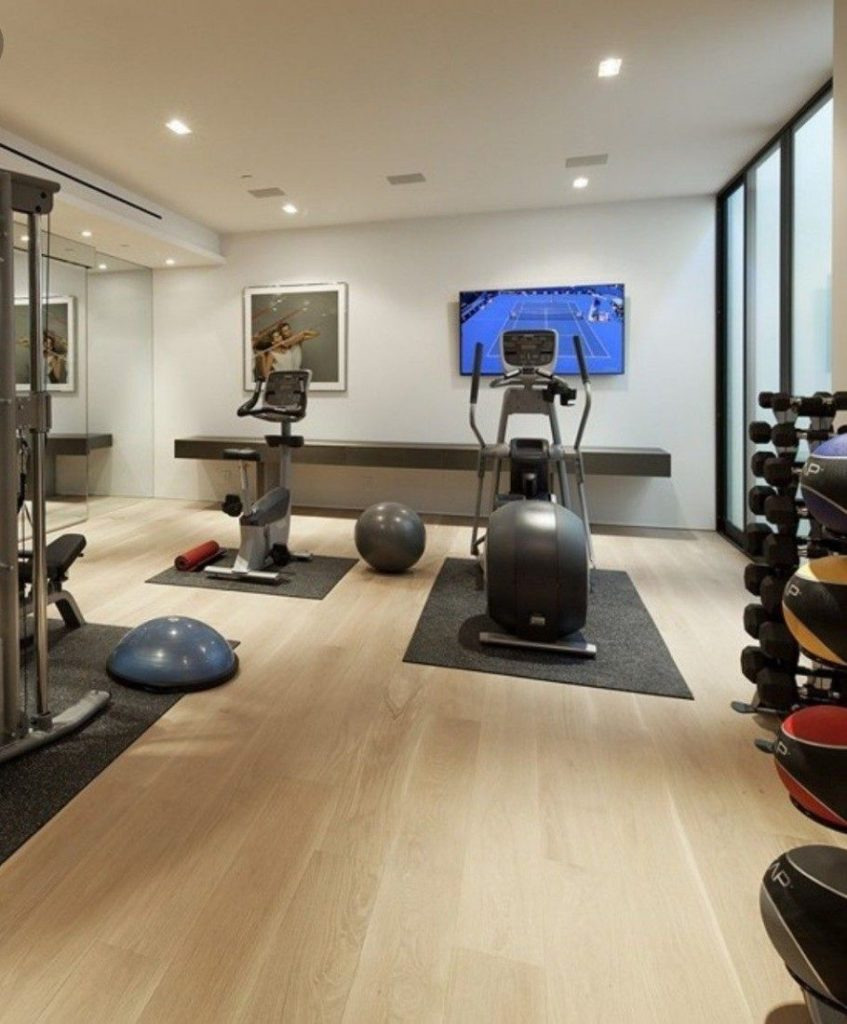
Use foam tiles, interlocking mats, or even a colorful gym rug to customize the flooring. This enhances the space’s appearance while also enhancing comfort.
5. Plants:
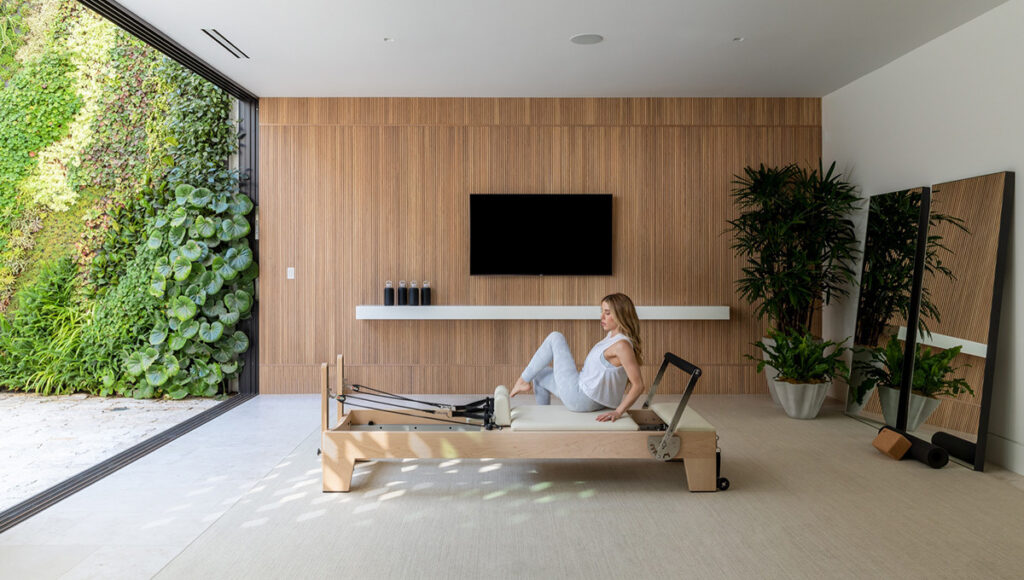
Use indoor plants to add some greenery. They not only improve air quality but also provide the surroundings with a new feel. Choose plants that require less maintenance.
You can check out 21 low-light plants that will be fit for your home gym.
6. Motivational sayings:
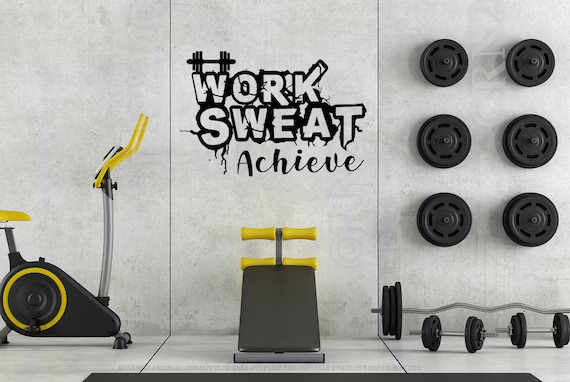
Wall stickers or decals with inspirational slogans that speak to you should be added. You might use these as daily reminders of your fitness journey.
7. Solutions for Storage:
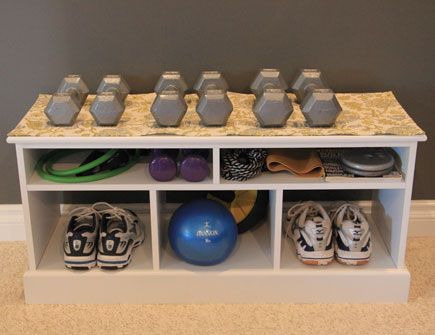
To maintain your fitness gear’s organization and accessibility, choose individualized storage options like labeled baskets, boxes, or shelves.
8. Lighting and Ambience:
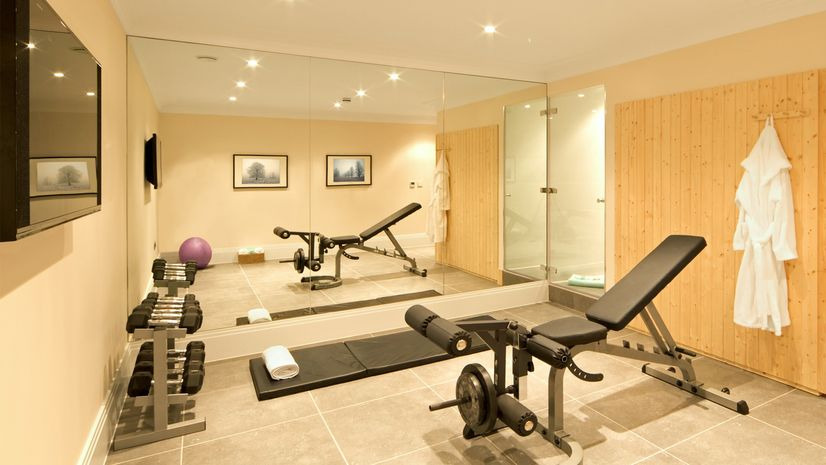
For a warm and inviting ambiance, add string lights or ambient lighting. Think about utilizing smart lights that let you change the illumination to match your mood.
9. A sound system with music:
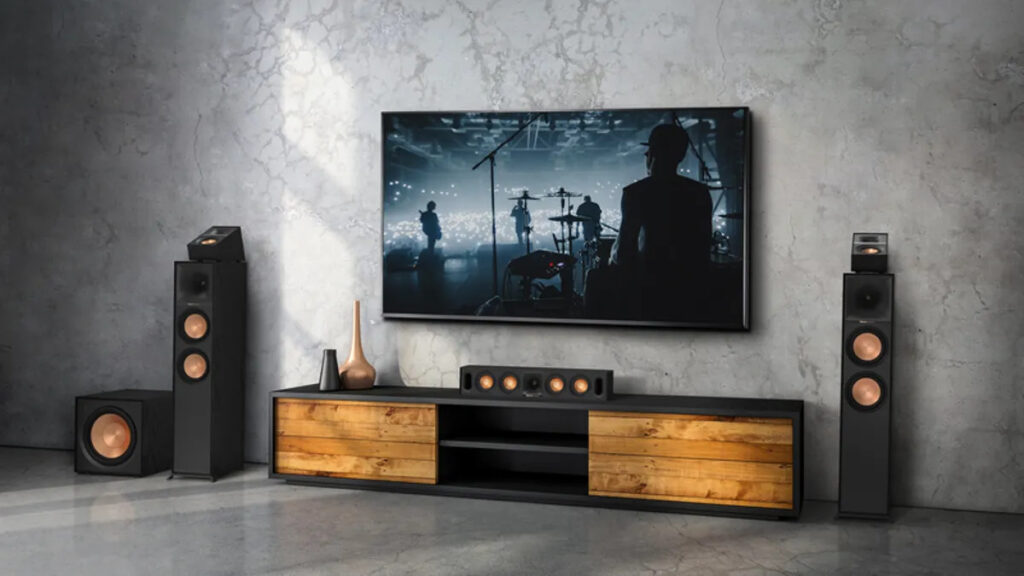
Add a sound system to your training space that plays your favorite music. For enhanced audio quality, take into account acoustic panels or wall art with sound-absorbing qualities.
Your home gym is a refuge in the midst of your hectic life and a symbol of your commitment to health. Remember that what matters most is the heart and soul you put into it, not the amount of space you have. Your private area will help you rediscover your inner fortitude and perseverance while helping you reach your fitness objectives quickly and affordably.
I’m hoping that by following these instructions, you’ll be well on your way to designing a home gym that not only suits your lifestyle but also improves your general well-being.
Happy designing and exercising!
Affiliate Disclosure: This article contains affiliate links. If you make a purchase through these links, we may earn a small commission at no extra cost to you. We only recommend products we truly believe in.










































